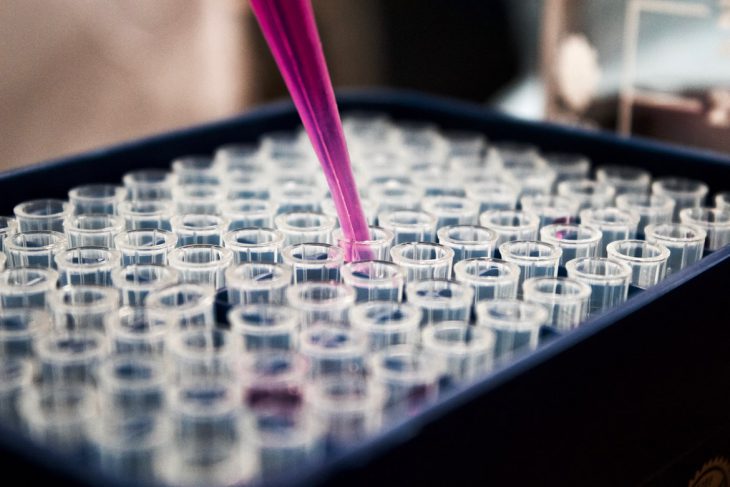Cancer is a difficult disease to treat. Figuring out exactly what chemotherapy or immunotherapy treatment will perform best for a specific cancer patient can be a difficult task for physicians. There is no sure fire way of knowing exactly how a patient will react to a certain type of anticancer drug. And, unfortunately, time usually isn’t abundant to perform trial-and-error, especially in particularly aggressive types of cancer.
Genetic profiling has been the traditional approach in aiding physician decisions with limited success. Even if certain mutations in the cancer are identified, it still boils down to an educated guess based on previous patients. It’s not quite the “personalized medicine” that physicians and scientists have been searching for.
However, scientists from Ohio State University have come up with a solution that could prove to truly be a personalized approach to knowing exactly how a patient will react to different cancer drugs. These scientists took cancer tissue from melanoma patients and created petri-dish versions of their bodies to test which drug would be most effective. Melanoma is a type of cancer that originates from mutations to pigment in our skin called melanin. It is an incredibly aggressive type of cancer that can quickly spread to other parts of the body.
But creating these test tube “patients” to experiment on was not an easy task. Our bodies are made up of intricate biochemical systems, most of which we still don’t completely understand in terms of cancer progression. In order to create the best possible replication of cancer in our bodies, these scientists came up with a way to combine cancer tissue from patients and important immune cells found in their lymph nodes using a thick substance called extracellular matrix (ECM) hydrogel.
Every cell has an extracellular matrix that serves as a barrier between the cells and their environment. The hydrogel that these scientists used served to mimic this important barrier. The hydrogel was able to keep the cancer and lymph node tissue together, while still allowing for dynamic movement of the cancer drugs across the membrane to mimic what happens in our bodies’ own cells.
Once these synthetic “organoids” were made using tissues from each patient, they tested to see how long these organoids would maintain their ability to simulate the inside of the patient. After 7 days of the tissues sitting at around body temperature (99°F) without any treatment, the scientist used a type of dye to see how “alive” these new tissues were.
These dyes work by binding to specific proteins on the outside and inside of the cell. If the cell is alive, the dye will react with proteins on the outside membrane and glow a fluorescent green. If the cell is dead, these dyes will be able to pass through the cell membrane and react with other proteins within the cell, tuning it bright red. Of the 10 tissue samples collected from 8 patients, 9 glowed green, meaning the cells were alive and could be used to test cancer treatment options.
The scientists treated each living specimen with 4 of the most common immunotherapy treatments for melanoma. They allowed the treatment and immune cells to interact for 3 days at body temperature, and then used the same staining techniques to see how effective each cancer drug was. They compared how many organoid cells were killed when treated with the cancer drug and how many were killed without treatment by looking at the dead (red) and green (alive) organoids. If most or all of the cells were killed only when treated with a certain drug, they predicted that this treatment would be effective inside the patient. Of the 7 patients with viable tissue samples, this technique was able to predict if each therapy would be effective in 6 of the cases (85%).
These scientists emphasize that while the number of patients used in the study was relatively small, it does show the potential for further investigation and even application in some hospitals. They were later able to create viable cell systems with appendix cancer cells that are ready to be tested using these techniques, which shows that these methods could be applied to other forms of cancer.
The authors of the paper also discuss possible cooperation between these experimental techniques and genetic profiling. The two ideas could work in unison, with genetic profiling predicting the probable effective treatments and these techniques testing each possible combination. With the growth in genetic medicine, combined with advances in biomaterials science, cancer patients could start to see a truly personalized approach to treatment.


